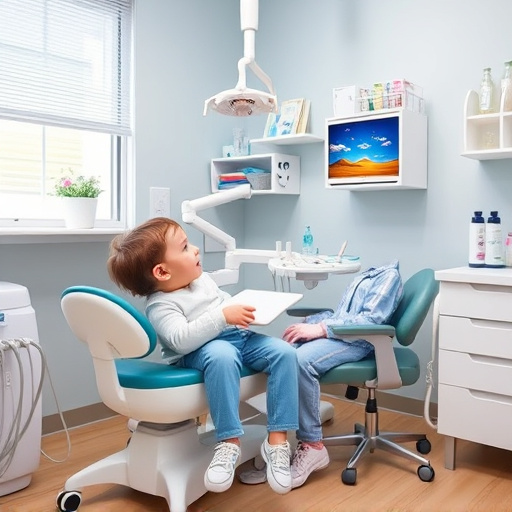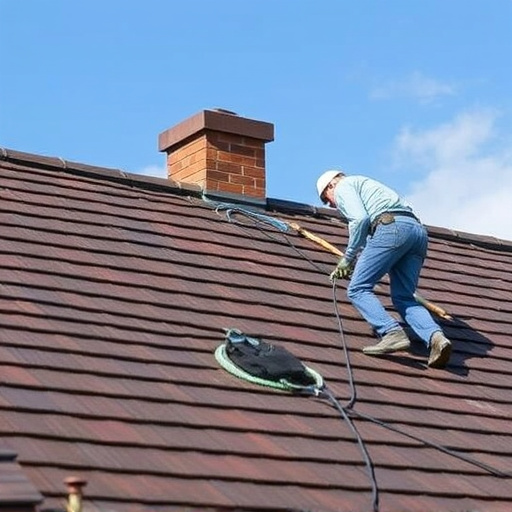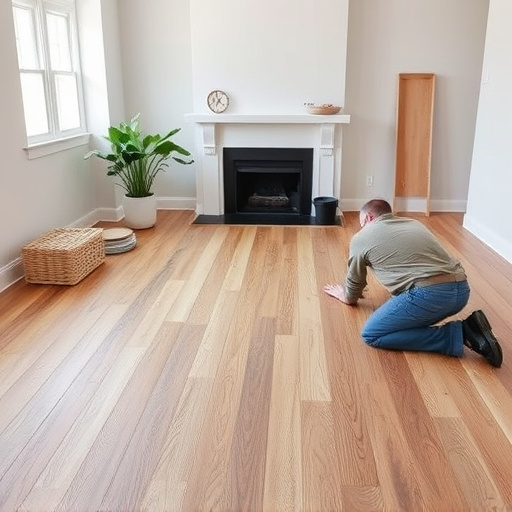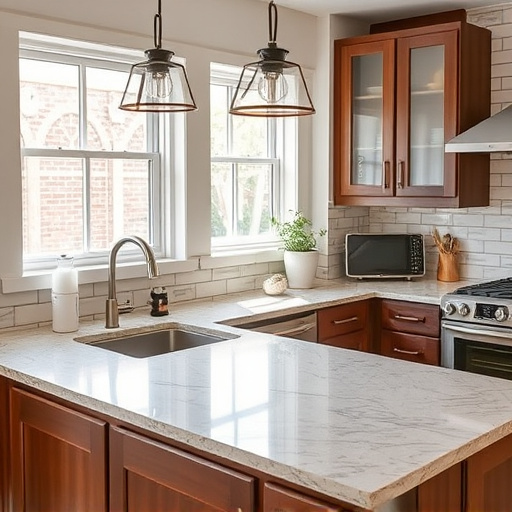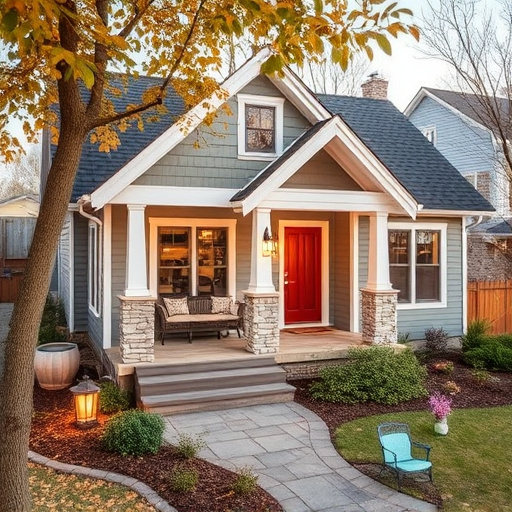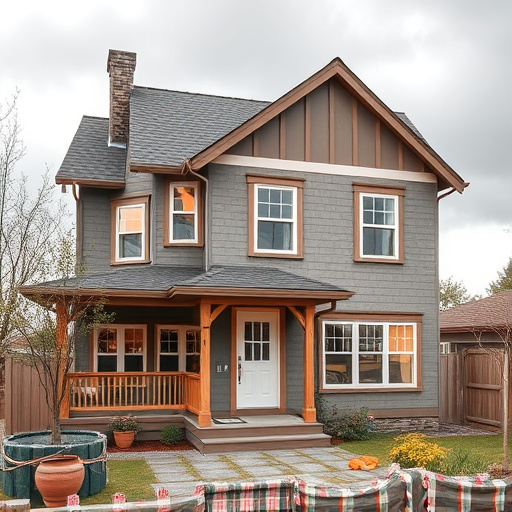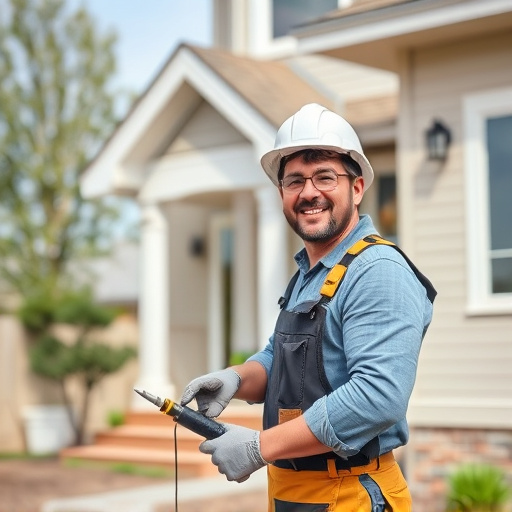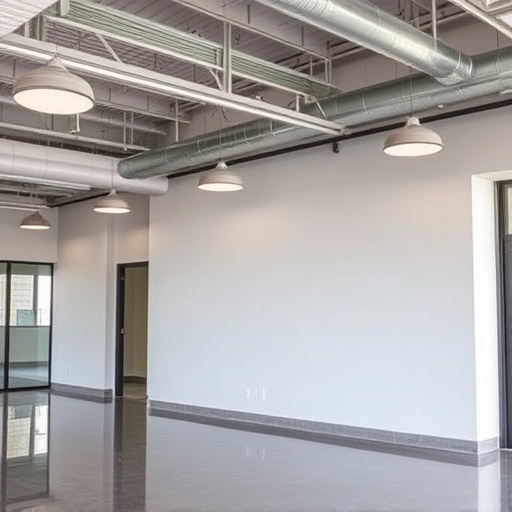Adhering to strict safety codes and local building regulations is paramount in commercial remodeling to protect workers, occupants, and the public from renovation hazards. This includes managing hazardous materials, preventing falls, complying with electrical/plumbing codes, and addressing high-risk areas like kitchens and baths. Effective safety protocols, worker training, PPE, site inspections, and stakeholder communication ensure a secure and high-quality transformation process for all commercial spaces.
In the dynamic landscape of commercial remodeling, adhering to stringent safety codes is not just a legal requirement—it’s paramount for project success and safeguarding lives. This comprehensive guide delves into the essential safety standards that underpin every ambitious commercial renovation project. From understanding local building codes to ensuring worker safety, we explore critical aspects that transform plans from mere visions into tangible, secure spaces.
- Understanding Essential Safety Standards for Commercial Remodeling
- Regulatory Compliance: Local Laws and Building Codes Overview
- Ensuring Worker Safety During Commercial Renovation Projects
Understanding Essential Safety Standards for Commercial Remodeling

Before beginning any commercial remodeling project, it’s paramount to grasp and adhere to the fundamental safety standards that govern this sector. These guidelines are designed to safeguard workers, future occupants, and the general public from potential hazards inherent in renovation activities. Commercial spaces, given their scale and complexity, present unique challenges that require meticulous planning and execution.
Understanding these safety norms is crucial for ensuring the well-being of everyone involved. Key areas of focus include proper handling of hazardous materials, implementation of robust fall prevention measures during construction, adherence to electrical and plumbing codes, as well as guidelines specific to high-risk sectors like kitchens and baths. Floor replacements, interior painting, and other renovation tasks must also conform to safety standards, minimizing risks and ensuring a smoother, more secure transformation process for any commercial space.
Regulatory Compliance: Local Laws and Building Codes Overview

Every commercial remodeling project must adhere to a strict set of safety codes and regulatory standards to ensure the well-being of future occupants and comply with local laws. The complexity of these regulations varies across jurisdictions, but they generally cover aspects such as structural integrity, fire safety, accessibility, ventilation, and use of specific materials. Understanding and respecting these guidelines is paramount for any commercial remodeling venture, from office spaces to retail stores or industrial facilities.
Local building codes serve as the bedrock of regulatory compliance in the realm of commercial remodeling. These codes are designed to protect public health and safety by dictating acceptable practices for construction and renovation. They encompass various aspects, including floor replacements, bathroom remodel designs, and overall structural modifications. Compliance with these standards is not just a legal requirement but also ensures that your project meets the highest safety benchmarks, creating a secure environment for businesses and their clients or employees alike.
Ensuring Worker Safety During Commercial Renovation Projects

Ensuring worker safety is paramount during commercial renovation projects. With construction sites bustling with activity and potentially hazardous materials, it’s essential to implement comprehensive safety protocols. This involves providing adequate training to all workers, equipping them with personal protective equipment (PPE), and enforcing strict adherence to industry standards and local building codes. Regular site inspections are crucial to identify and mitigate risks, ensuring that every worker returns home safe at the end of each day.
Effective communication among project managers, contractors, and employees is vital. Clear guidelines for emergency procedures, proper use of tools and machinery, and handling dangerous substances must be communicated openly. Moreover, fostering a culture of safety where workers actively participate in identifying potential hazards and reporting unsafe conditions can significantly enhance overall security on the job site. This proactive approach aligns with top-tier home improvement services and contributes to the creation of functional spaces through customized home renovations.
When executing any commercial remodeling project, adhering to safety codes is paramount. By understanding essential standards, staying informed about local regulations, and prioritizing worker safety, businesses can ensure a successful and secure renovation process. Incorporating these practices not only protects individuals involved but also contributes to the overall success of the project in the bustling landscape of commercial remodeling.




